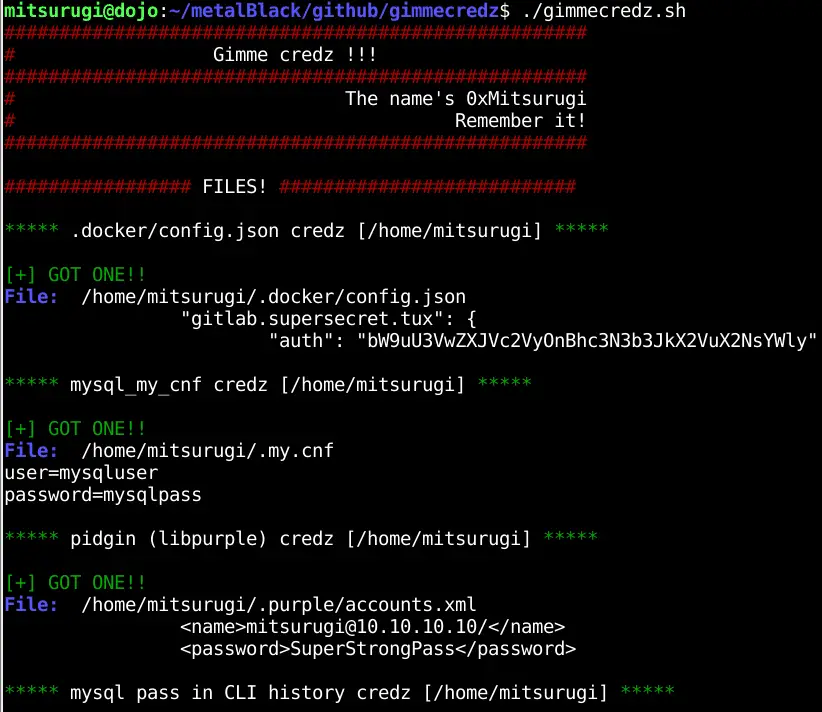salt: SLUB ALlocator Tracer for the Linux kernel

Welcome to salt, a tool to reverse and learn kernel heap memory management. It can be useful to develop an exploit, to debug your own kernel code, and, more importantly, to play with the kernel heap allocations and learn its inner workings.
This tool helps to trace allocations and the current state of the SLUB allocator in modern Linux kernels.
It is written as a gdb plugin, and it allows you to trace and record memory allocations and to filter them by process name or by the cache. The tool can also dump the list of active caches and print relevant information.
This repository also includes a playground loadable kernel module that can trigger allocations and deallocations at will, to serve both as a debugging tool and as a learning tool to better understand how the allocator works.
This project was developed at EURECOM as a semester project for Spring 2018.
Why the need of a kernel allocator?
The smallest unit of data for memory management in the virtual memory of an OS is the page and its traditional size for most architectures is 4KB. Since it would be impractical to allocate 4KB of memory every time a process requests something, even as small as dozens of bytes, there needs to be an intermediate mechanism to micromanage the contents of a page.
While in user space this is performed by the malloc family, the kernel needs a different system, more tightly integrated with the system itself, that can work in an interrupt context, conformant to DMA restrictions,
For this purpose, the kernel implements an allocator that manages page allocation, fragmentation, and redistribution. It basically works as a retail vendor: it acquires big stocks (4KB pages) then deals them in small pieces when the modules need them. The basic version of this allocator is called SLAB.
SLAB
When a kernel subsystem requests (or frees) data for an object, the major overhead consists in initializing (or destroying) it, rather than allocating memory for it. If there is a set of common kernel objects that get frequently allocated and freed, keeping them in a fast reachable place makes the whole process more efficient.
This is the principle of SLAB: the allocator keeps track of these chunks, known as caches, so that when a request to allocate memory for a data object of a certain type is received, it can instantly satisfy the request with an already allocated slot. In this context, a slab is one or more contiguous pages in the memory containing pre-allocated memory chunks.
Slabs may exist in one of the following states:
- empty: all objects in the slab are free
- partial: slab consists in both free and taken objects
- full: all objects in the slab are taken
Of course, the aim of the allocator is to serve requests as quickly as possible, so keeping track of partial slabs is vital. This is done through caches, and there is one cache per object type.
SLUB
SLUB, the variant of SLAB we are interested in, was designed for better debugging, less fragmentation and better performance. It continues to employ the basic slab-based model, but fixes several deficiencies in SLAB’s design, particularly around systems with large numbers of processors. It has been adopted in the mainline Linux kernel as the default since 2.6.23, in 2008.
Let’s look at the implementation details of SLUB, going through examples of common use case scenarios.
First of all, objects in a slab are stored contiguously in memory, but they are logically interconnected through a linked list: in this way, the allocator can always find the next free object without caring about data already in use.
| Fresh slab | Partial slab |
|---|---|
 |
 |
In SLUB, as opposed to SLAB, the pointer to the next free object is stored directly inside the object itself, requiring no additional space for metadata and achieving a 100% slab utilization.
There are very few exceptions to this: in that case, the pointer is stored after a certain offset in the object.
| Free object | Used object | Very rare |
|---|---|---|
 |
 |
 |
Where objsize is the size of the object itself, offset is the amount of space before the next pointer, and size is the total size.
All this information, and much more, is stored off-slab, in a data structure that keeps track of this kind of metadata: the kmem_cache.
There is one and only one kmem_cache for each object type, and all slabs of that object are managed by the same kmem_cache. These structs are linked with one another through a double linked list, accessible from everywhere in the kernel through the exported slab_caches variable.
Inside a kmem_cache, two kinds of pointers are stored in order to keep track of the slabs: an array of kmem_cache_node, and a pointer to a kmem_cache_cpu. The latter manages the active slab: it’s only one and it’s relative to the current cpu (SMD processors can have different active caches). The result of the next allocation will always be returned from the active slab, pointed to by the freelist field. kmem_cache_node, on the other hand, keep track of partial and full slabs that aren’t active: they are accessed in case of a free, or when the active slab gets filled up and other partial needs to take its place.
Download && Tutorial
Copyright (C) 2018 PaoloMonti42






